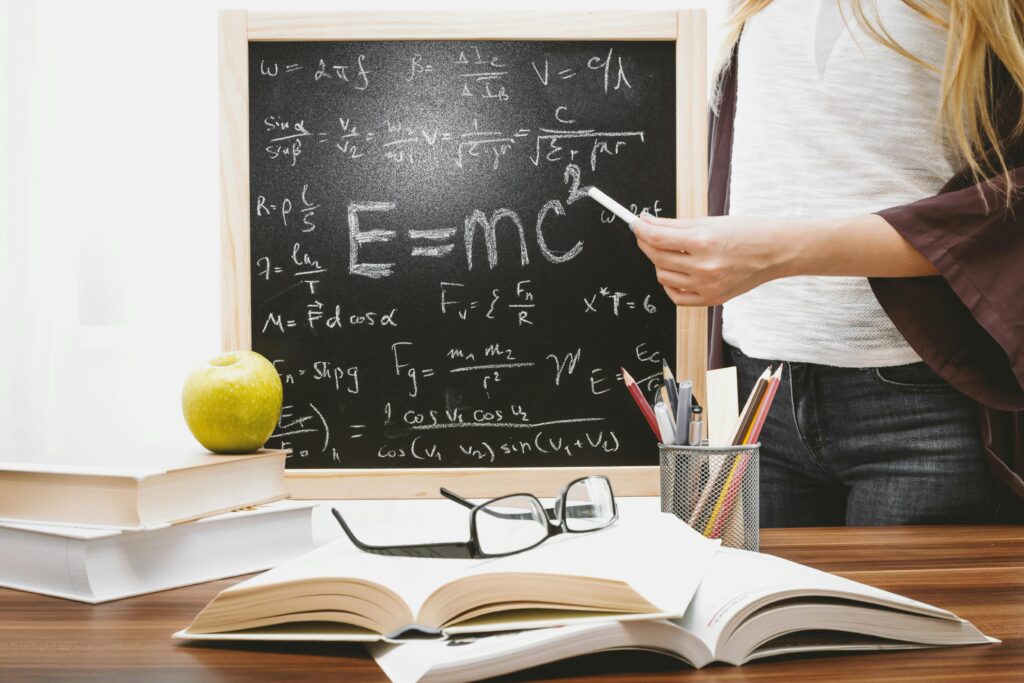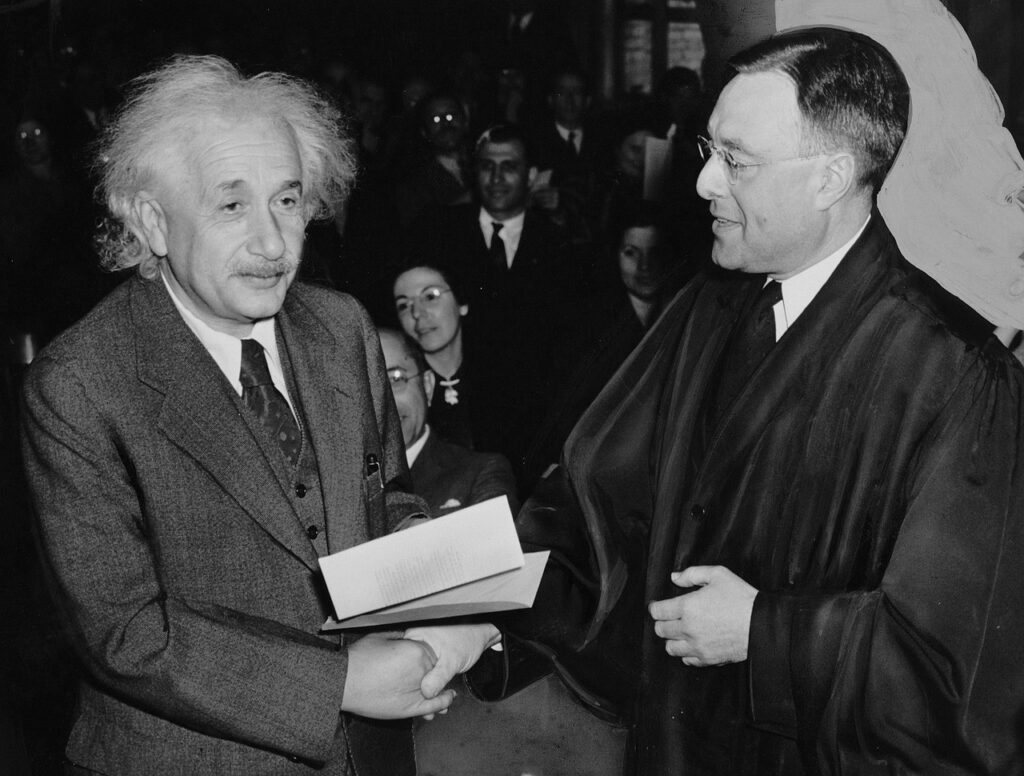Albert Einstein’s Theory of Relativity is a foundational body of knowledge in physics that revolutionized our comprehension of space, time, and gravity. It is composed of Special Relativity (1905) and General Relativity (1915), two related theories. These theories clarify how objects behave when they are in motion, as well as the characteristics of space, time, and gravity.

Special Relativity (1905):
The Theory of Relativity For things traveling at constant speeds—especially when they get close to the speed of light—Special Relativity holds true. It presented two novel concepts:
Key Principles:
- The speed of light (in a vacuum) is always the same: roughly 299,792 kilometers per second (186,282 miles per second). This speed of light does not change regardless of your location or speed.
- Space and Time Relativity: Space and Time are relative, not absolute. Depending on how the observer moves, they alter.
Key Concepts:
- Time dilation is the phenomenon wherein an object moving at a fast speed appears to pass more slowly than it does to a stationary observer. Time would go more slowly for you in comparison to someone on Earth, for instance, if you were traveling close to the speed of light.
- Length Contraction: An outside observer will perceive objects traveling at extremely high speeds as being shorter in that direction.
- Mass and energy have the same mass-energy equivalency (E = mc²). This well-known equation says that energy can be created from mass and vice versa. The idea underlying nuclear energy is this.
Example:
Imagine you have two twins, one of whom stays on Earth and the other who goes to a distant star and returning at almost the speed of light. The twin that was traveling would mature significantly less than the twin who remained on Earth because of time dilation. The “Twin Paradox” is the term for this.

General Relativity (1915):
Special Theory of Relativity is expanded to incorporate gravity by General Relativity, which also offers a fresh perspective on the operation of gravity.
Key Principles:
- According to General Relativity, gravity is a curvature of spacetime brought about by mass and energy rather than a force in the conventional sense.
- Spacetime is the term for the combined concept of space and time. Spacetime is bent around massive objects like planets and stars, giving the impression of gravity.
READ MORE: NUCLEAR BOMB
Key Concepts:
- Spacetime Curvature: There is a “dent” in spacetime due to massive objects. We see smaller things moving in this “dent,” following the curves, as a result of gravitational attraction. For instance, because the Sun bends spacetime around it, Earth orbits the Sun.
- Gravitational Time Dilation: In stronger gravitational fields, time moves more slowly. For instance, compared to vast space, time moves more slowly close to big objects like planets and black holes.
- Black Holes: Areas of space where gravity is so intense that light cannot escape are predicted to exist by General Relativity. When a huge star falls due to its own gravity, a singularity known as a black hole is created.
Example:
Consider putting a large, heavy ball on a rubber sheet that has been stretched to imitate spacetime. The ball creates a dent in the sheet. A smaller ball will roll along the dent’s curves if it rolls close to the heavier ball, mimicking how planets orbit stars as a result of spacetime warping.
Key Predictions and Confirmations:
- Mercury’s Orbit: The peculiarities in Mercury’s orbit around the Sun, which Newtonian mechanics was unable to adequately explain, were explained by General Relativity.
- Light is bent by gravitational lensing when it approaches a large object. When starlight was seen bending around the Sun during a solar eclipse in 1919, Einstein’s theory was validated.
- Gravitational waves are spacetime ripples brought on by rapidly expanding large objects, including neutron stars or merging black holes. Another prediction of General Relativity was confirmed in 2015 when the LIGO observatory made the first direct detection of these waves.
Impact of the Theory of Relativity:
- Contemporary Technology: GPS systems take relativistic effects into account since, as a result of their speed, satellites undergo both gravitational and temporal dilation due to time dilation caused by the Earth’s surface gravity being weaker in orbit.
- Cosmology: The Big Bang theory, black holes, and the universe’s expansion are all explained by General Relativity, which serves as the foundation for contemporary cosmology.
Conclusion:
Theory of Relativity Our knowledge of space, time, and gravity has been profoundly changed by the Theory of Relativity. While General Relativity described gravity as the curvature of spacetime generated by mass and energy, Special Relativity demonstrated that space and time are relative, depending on the motion of the observer. Collectively, these theories have shed light on a variety of cosmic topics, including the behavior of particles and the structure of galaxies. They still have an impact on astronomy, cosmology, and even technology today.











Pingback: Battery Innovation | Most Usefull Invention | 1800 - ScienceSpark
Pingback: Albert Einstein | Greatest Scientist in History? | 1873 - ScienceSpark